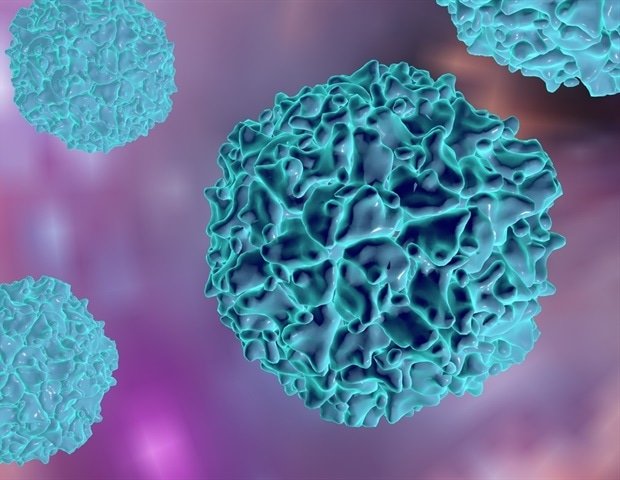Two rounds of polio vaccination campaign are expected to start in late August and September 2024 across the Gaza Strip to prevent the spread of circulating poliovirus type 2 (cVDPV2).
WHO and UNICEF are calling on all parties to the conflict to implement humanitarian pauses in the Gaza Strip for seven days in order to carry out two rounds of vaccination campaigns. These pauses in fighting would allow children and families to safely reach health facilities and community workers to reach children who cannot access health facilities for polio vaccination. Without the humanitarian pauses, the delivery of the campaign will not be possible.
In each round of the campaign, the Palestinian Ministry of Health (MoH), in collaboration with the World Health Organization (WHO), the United Nations Children’s Fund (UNICEF), the United Nations Relief and Works Agency for Palestine Refugees ( UNRWA) and partners, will provide two drops of new oral polio vaccine type 2 (nOPV2) to more than 640,000 children under the age of ten.
Polio virus was identified in July 2024 in environmental samples from Khan Younis and Deir al-Balah. Worryingly, three children with suspected acute flaccid paralysis (AFP), a common symptom of polio, have since been reported in the Gaza Strip. Their stool samples have been sent to Jordan’s National Polio Laboratory for testing.
More than 1.6 million doses of nOPV2, which is used to stop the transmission of cVDPV2, will be delivered to the Gaza Strip. Vaccine shipments and cold chain equipment are expected to pass through Ben Gurion Airport before reaching the Gaza Strip by the end of August. It is important that the transportation of vaccines and the cold chain is facilitated at every step of the journey to ensure their timely receipt, clearance and ultimately delivery for the campaign.
Detailed plans to support vaccinators and social mobilizers to reach eligible children across the Gaza Strip have been finalized. Vaccination will be administered by 708 groups, including hospitals, field hospitals and primary health care centers in every municipality of the Gaza Strip. Around 2700 health workers, including mobile teams and community workers, will support the delivery of both rounds of the campaign. This will be supported by awareness efforts to mitigate the risks of polio infection.
At least 95 percent vaccination coverage during each round of the campaign is required to prevent the spread of polio and reduce the risk of its re-emergence, given the severe disruption of health, water and sanitation systems in the Gaza Strip.
Other requirements for successful campaign delivery include sufficient cash, fuel and functioning telecommunications networks to reach communities with information about the campaign.
Further efforts are underway to strengthen and expand poliovirus surveillance and routine immunization.
The Gaza Strip has been polio-free for the past 25 years. His re-emergence, which the humanitarian community has been warning about for the past ten months, represents yet another threat to children in the Gaza Strip and neighboring countries. A ceasefire is the only way to ensure the safety of public health in the Gaza Strip and the region.
